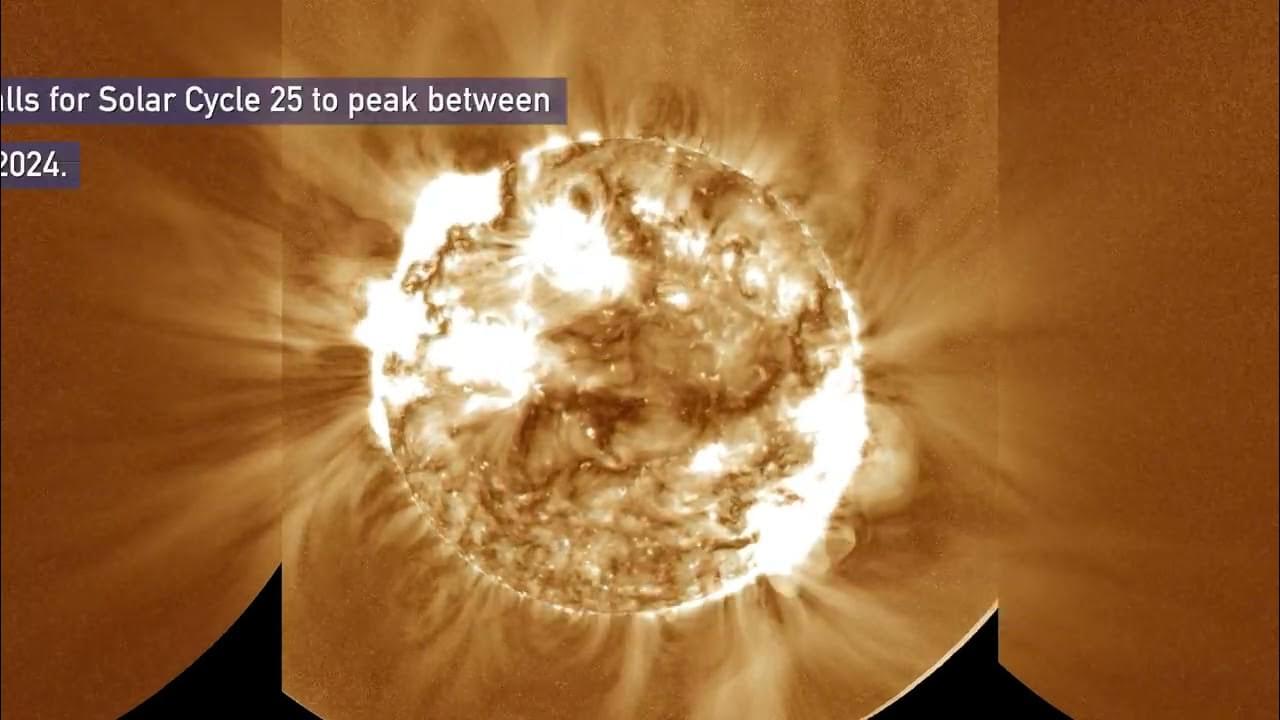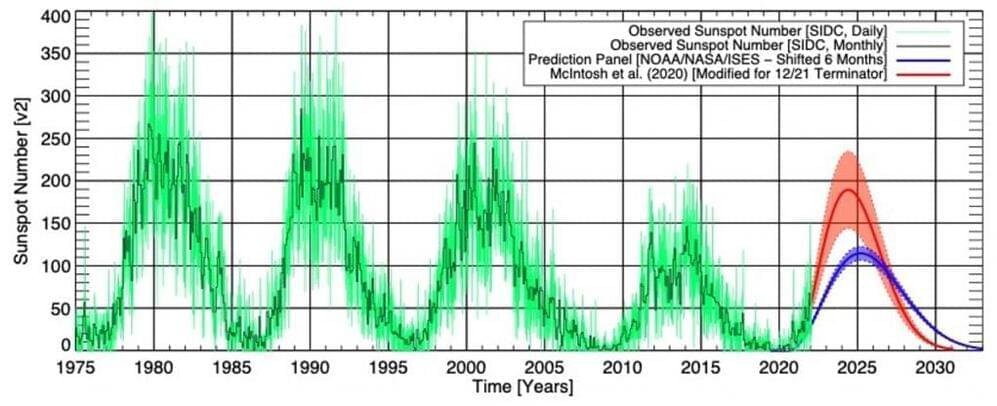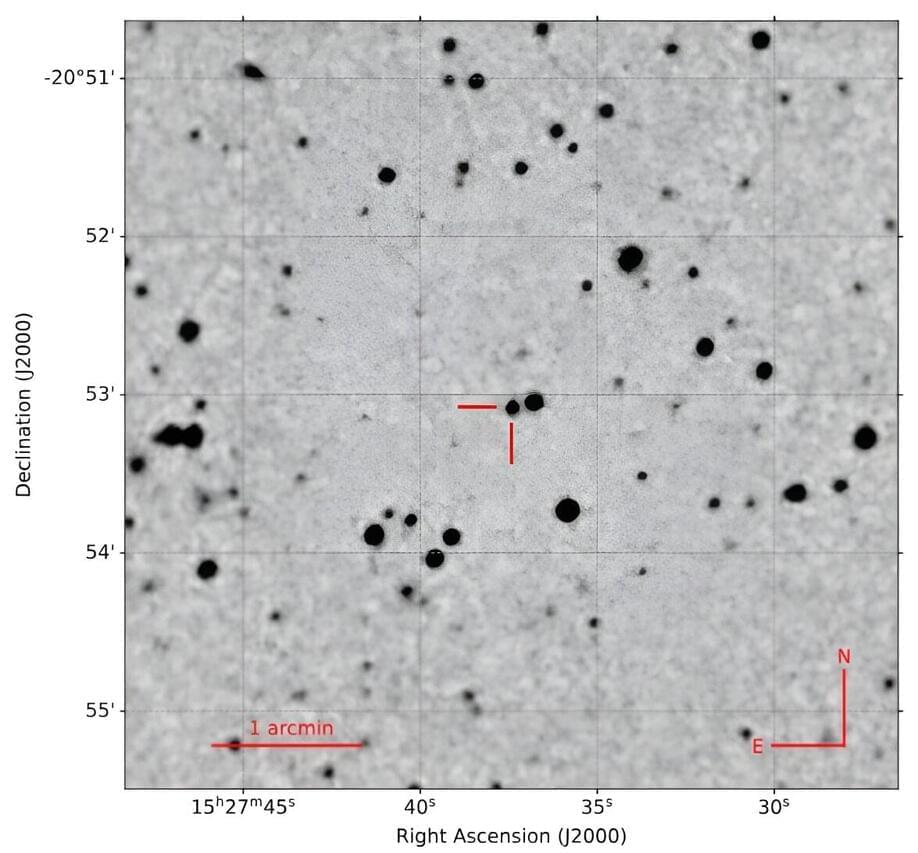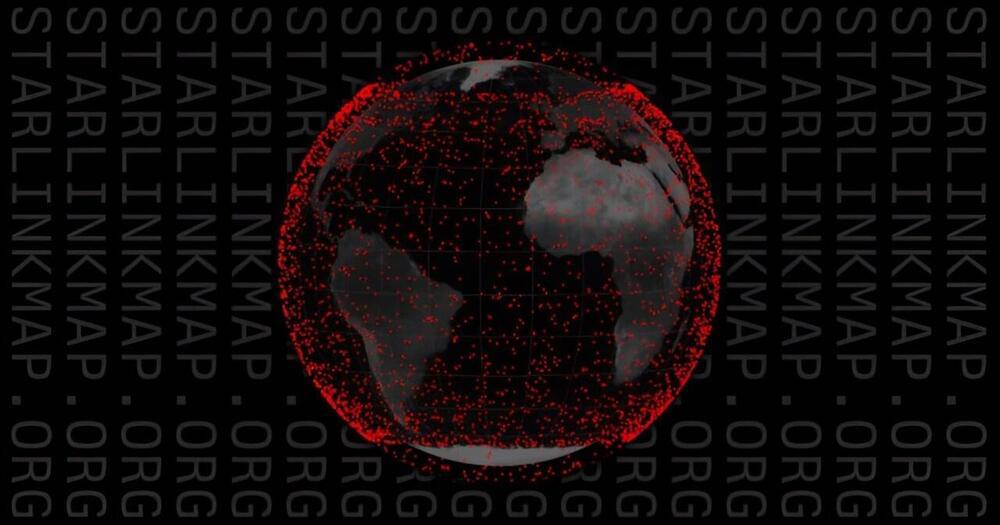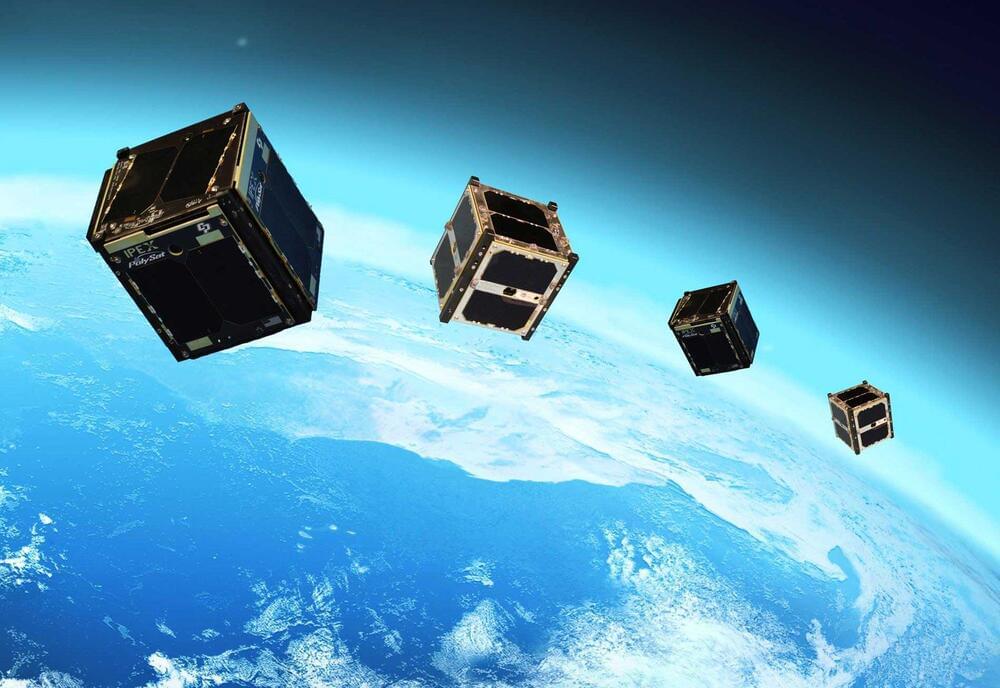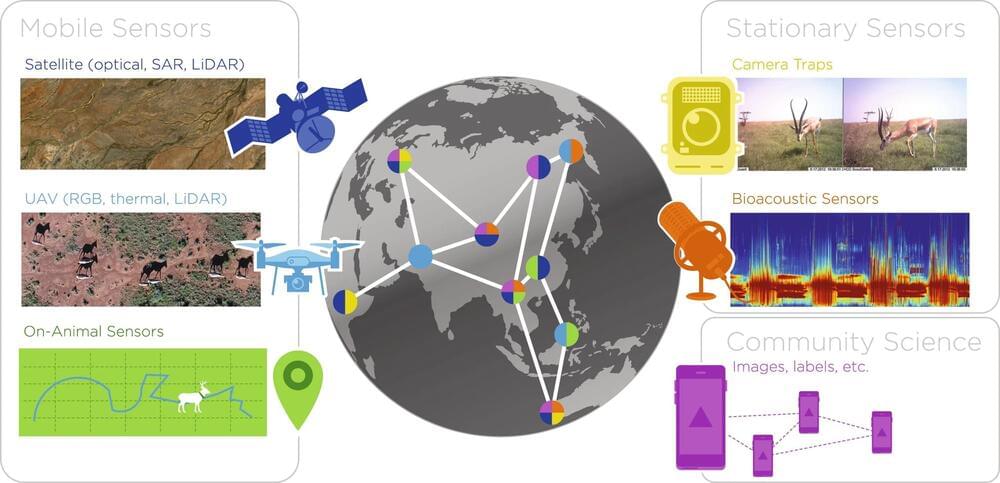From March 23–24, 2024, NOAA’s GOES satellites, and others operated by international partners, observed numerous flares erupt from the sun, including a powerful X-class solar flare. Additionally, a surge of extremely hot plasma, known as a coronal mass ejection (CME), raced toward Earth resulting in geomagnetic storms and auroras.
This CME reached our planet at 10:37 a.m. EDT (1437 GMT) on Sunday, March 24, triggering a severe G4-class geomagnetic storm, marking the most potent solar storm since 2017. However, according to a Geomagnetic Storm Watch from NOAA’s Space Weather Prediction Center, there was no reason for the public to be alarmed.
Continue reading “NOAA Satellites Detect Severe Solar Storm” »
